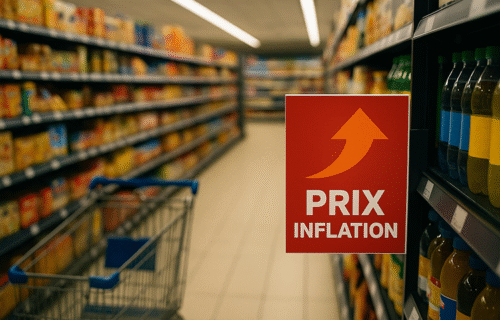Prices for frequently purchased household items in France continued to edge higher in September, with supermarket shoppers paying on average 1.2 percent more than a year earlier, according to the latest consumer data from INSEE.
Although prices dipped slightly on a monthly basis — down 0.2 percent compared with August — the annual rate of increase accelerated for the second consecutive month, signalling ongoing pressure on consumer budgets. The trend was similar across both large supermarket chains and smaller food-focused stores, where prices rose at an annual pace of 1.2 percent, up from 1.0 percent in August.
When all types of retailers are included, the cost of regularly purchased goods increased by 1.4 percent year on year, continuing a modest but steady upward movement after a period of relative stability earlier this year.
Food and beverage prices, excluding fresh produce, recorded their sixth consecutive monthly increase, rising 1.5 percent from the previous September. Within this category, the cost of meat was up 1.1 percent, while beverages saw one of the largest gains, climbing nearly five percent. Prices for other food items, such as packaged goods and cereals, rose 0.4 percent after being almost flat in August.
Non-food household goods offered some relief. Cleaning and personal care products became slightly cheaper overall, dropping 0.7 percent in September compared with the previous month. Yet over a twelve-month period, the decline in prices slowed to one percent, indicating that the sharp deflation seen earlier in the year is easing.
The figures underline how inflation in essential consumer goods remains uneven across product categories. While energy and transport costs have been moderating, everyday expenses for groceries and beverages are still creeping higher, reflecting the lingering effects of supply chain costs and pricing adjustments by retailers.
INSEE’s next update on price trends in large retail outlets is expected in mid-November and will reveal whether the mild upturn in food inflation continues into the final quarter of the year.
Source: Insee
